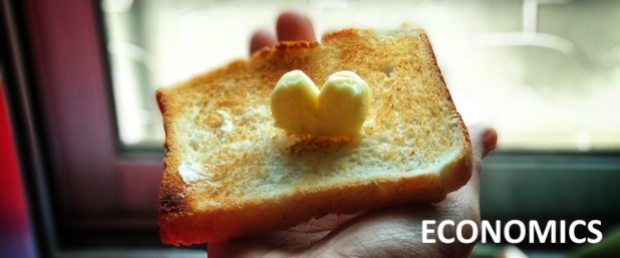
We moved to Sydney earlier this year and one of the main highways that the buses move on to get to our place in the suburbs is Parramatta Road. It was a highway leading into the western suburbs but now it is just a road – a relatively narrow one for the heavy traffic that goes through it.
I recall one morning when I walked along the road to get to the bus stop that gets me a bus to the city. There were heavy trucks going down the road, with large SUVs and smaller passenger vehicles as well. I didn’t recall tailpipe emissions bothering me that much back in Singapore – perhaps only the heat that the cars were emitting then. But I noticed how much the tailpipe emissions were stinking up the air even in Sydney where it was less humid than in Singapore and smells tend not to linger or stay strong in the air.
It did make me wonder what the roads would be like without those tailpipe emissions. And that’s probably the dream of those EV companies and the policymakers who are trying to push for more EVs on the roads. Singapore could have done that way earlier; given our ability to manage the vehicle population through COE. Moreover, Singapore already has one of the highest taxes on vehicles in the world. This means the population was ready to shell out the kind of money that an EV would cost.
It is a fine balance to strike given that there’s a lot more consideration around the readiness of our electricity network infrastructure to develop the charging capacities needed. There’s a lot of thinking around whether our vehicle refueling infrastructure is going to be disrupted – and how we can manage those disruptions. Sometimes we just want the transition to happen immediately and for all of us to gain access to the latest technology at reasonable costs. Singapore has done a good job juggling these difficulties and we can do more to explain the linkages between systems to allow us to pinpoint and put pressure on the bottlenecks.






